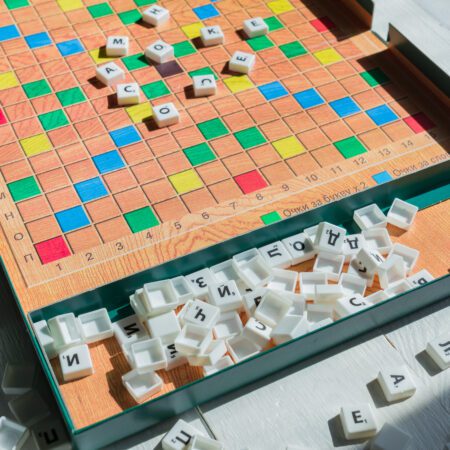Discover essential tips and strategies to help you get started in Texas Hold’em poker and improve your chances of winning. Learn the rules, practice bankroll management, understand positioning, and more.
Texas Hold’em Tips for Beginners: Getting Started in Poker
Are you a beginner looking to enter the exciting world of poker? Texas Hold’em is one of the most popular variations of the game, and it’s a great place to start. In this article, we’ll provide you with essential tips and strategies to help you get started in Texas Hold’em and improve your chances of winning.
1. Learn the Rules
Before you dive into playing Texas Hold’em, it’s crucial to understand the rules of the game. Familiarize yourself with the hand rankings, betting structure, and basic gameplay. There are numerous online resources, tutorials, and videos available that can help you grasp the rules quickly.
2. Start with Low Stakes
When starting out, it’s advisable to play at low-stakes tables or with friends who are also beginners. This will allow you to gain experience without risking a significant amount of money. As you become more comfortable and confident, you can gradually increase your stakes.
3. Practice Bankroll Management
Bankroll management is crucial in poker. Set aside a specific amount of money (your bankroll) that you are comfortable losing. Never gamble with money that you can’t afford to lose. Additionally, it’s essential to have a strategy for managing your bankroll and avoiding going on tilt (making reckless decisions due to emotional reactions).
4. Understand Positioning
Positioning is a fundamental concept in Texas Hold’em. Your position at the table determines the order in which you act, giving you an advantage or disadvantage in each betting round. The later your position, the more information you have about other players’ actions, which can inform your decision-making.
5. Bluff with Caution
Bluffing is a common strategy in poker, but it should be used sparingly and with caution, especially as a beginner. Bluffing involves pretending to have a stronger hand than you actually do, with the goal of making other players fold. However, skilled players can often see through bluffs, so it’s important to choose your bluffing spots wisely.
6. Observe and Study
Pay attention to the gameplay of experienced players. Watch professional poker tournaments, read books, and study strategy articles to gain insights into the game. Take note of their betting patterns, decision-making processes, and overall strategies. Learning from others’ successes and mistakes can significantly improve your own game.
7. Practice Patience and Discipline
Poker is a game of patience and discipline. Avoid the temptation to play every hand or chase after unlikely outcomes. Instead, focus on playing solid hands and making well-informed decisions. Remember that poker is a long-term game, and consistent, strategic play will ultimately lead to success.
8. Manage Your Emotions
Emotional control is crucial in poker. Winning and losing are both part of the game, and it’s important not to let your emotions cloud your judgment. Avoid going on tilt after a bad beat or getting overly confident after a big win. Maintain a calm and logical mindset to make rational decisions.
9. Practice, Practice, Practice
The key to improving in poker is consistent practice. Take advantage of online poker platforms and play regularly to enhance your skills. Many online sites offer free or low-stakes games, allowing you to practice without risking real money. The more you play, the more familiar you’ll become with the dynamics of the game.
10. Analyze Your Gameplay
After each session, take the time to review and analyze your gameplay. Identify your strengths and weaknesses, and look for areas where you can improve. Keep a record of your wins and losses, as well as any notable hands or decisions. This self-reflection will help you identify patterns and make necessary adjustments.
Follow these tips and strategies, and you’ll be well on your way to becoming a successful Texas Hold’em player. Remember, poker is a skill-based game, and with enough practice, dedication, and the right mindset, you can achieve great success at the tables.










